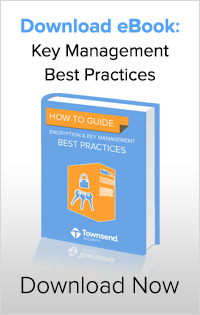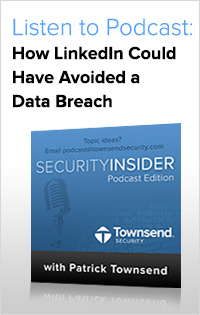Because usernames and passwords are no longer good enough!
To protect sensitive data, businesses need another layer of security and are often turning to two factor authentication (2FA). Most of us are now familiar with online banking websites that implement 2FA; after you put in your username and password, you get a text or a voice call with a pin code to enter, in order to authenticate yourself. Two factor authentication is a well recognized method of strengthening the authentication of the user and improving the security of access to mission-critical systems. 2FA is described as taking “something you know” (your username and password), and adding “something you have” (a hardware token, ATM card, or mobile phone), or it can even be “something you are” with expensive biometric (fingerprint or retina) scans, to strengthen your security defenses.

In today's world you have to be aware that system attacks can be very intelligent. For example, a user on a PC can open up a document or PDF file and their PC can become infected with malware that does keyboard logging when they remotely log in to the IBM i. When this type of attack happens, the keyboard logging software collects user IDs and passwords and then someone uses this information to access networks beyond that PC. The IBM i platform has a well-deserved reputation for being a good solid secure platform, yet it is just as susceptible to a keyboard logging attack as any other platform. Two factor authentication is really designed to help prevent this type of malicious access, where an attack is initiated outside of the IBM i platform by using credentials that are already known to the attacker. In traditional IBM i shops, when a user logs in to the IBM i platform they provide their user ID and a password, that single factor password is “something you know”, and would get access to the system. There are a lot of system values that a security administrator can set to enforce the use of strong passwords, but adding a mobile text or voice message with a pin code (adding “something you have”) to the mix is one example of how a two factor authentication can really help strengthen the security of the IBM i platform. Hardware tokens such as key fobs or even ATM cards have been a traditional means of 2FA, but can be costly and time-consuming to generate (and replace) in comparison to using SMS or voice messaging via mobile phone.
By deploying a 2FA solution, organizations can easily enhance their security in a cost effective way, as well as meet compliance regulations:
-
PCI Security Standards Council has said they will continue to change and evolve compliance regulations over time as the attacks change. PCI DSS section 8.3 requires two factor authentication for remote access to systems (almost all connections to the IBM i platform are over a network, they are not generally hardwired connections or network connected devices).
-
HIPAA/HITECH act recommends two factor authentication to mitigate the risk of lost or stolen logons or passwords.
-
FFIEC guidance also calls out the use of two factor authentication to strengthen systems in the financial industry and strengthen banking websites against a financial fraud.
In the past deploying a 2FA solution on the IBM i has been costly and complex. Townsend Securitys new Alliance Two Factor Authentication product is taking a different approach and implementing a solution that is very cost-effective on the IBM i platform. Leveraging mobile phones, the cell phones that users already carry, our new solution is strictly a software implementation. There are no expensive administrative access controls, hardware servers or hardware tokens that users carry around with them, and we think this helps control the cost. You won't incur the expense of replacing tokens and reprogramming them, it's a very straightforward install, software only solution that talks over the Internet to the SMS text or voice delivery gateway with our partner Telesign. Telesign has quite a mature implementation and infrastructure, able to deliver authentication of messages to over 200 countries in the over 80 languages worldwide. With over 2 1/2 billion accounts active today, we found them to be a great partner in bringing mobile and text-based two factor authentication to our customers on the IBM i platform.
We are pretty excited about our new “no hardware, no hardware tokens, strictly a software implementation” Alliance Two Factor Authentication solution. Please download our latest podcast to hear more about:
- Different methods for two factor authentication with their pros and cons
- How businesses can meet compliance requirements with 2FA
- Ways 2FA is helping organizations to improve the security of their core business applications
- How we provide a full set of APIs that IBM i developers can use to enable application controls using two factor authentication
- How you can still get the benefits of two factor authentication if you are out of cell range
- And a number of additional security features built into the product...


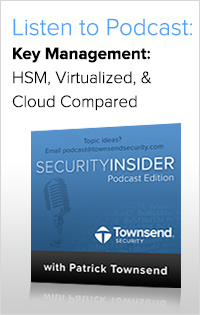
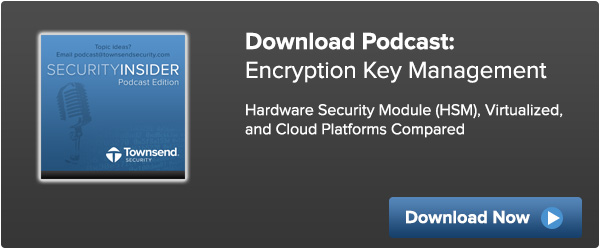
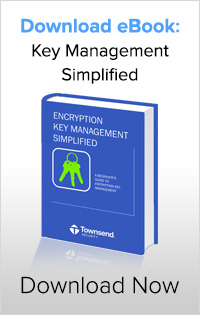
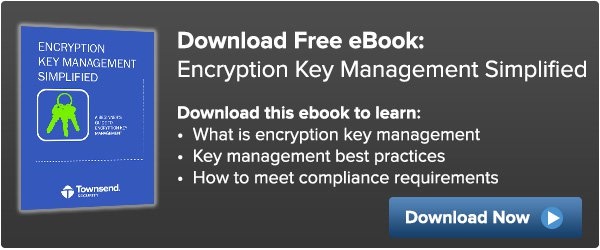


 AES vs PGP: What is the Difference?
AES vs PGP: What is the Difference? Understanding Log Management on the IBM i
Understanding Log Management on the IBM i Why Partner With Townsend Security?
Why Partner With Townsend Security? What is Encryption Key Management?
What is Encryption Key Management?